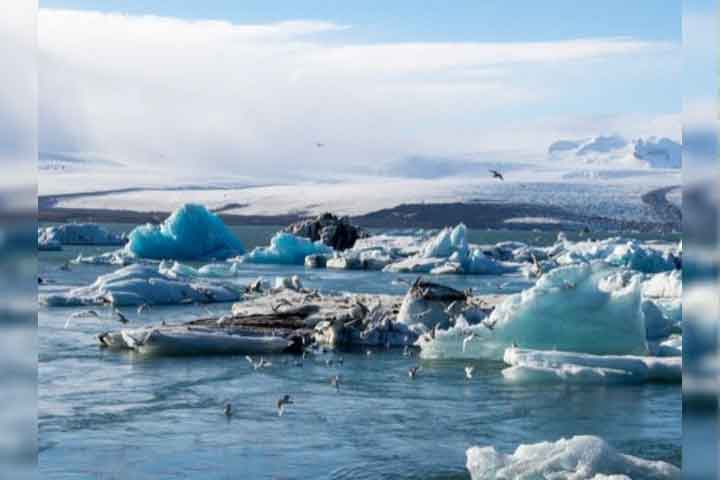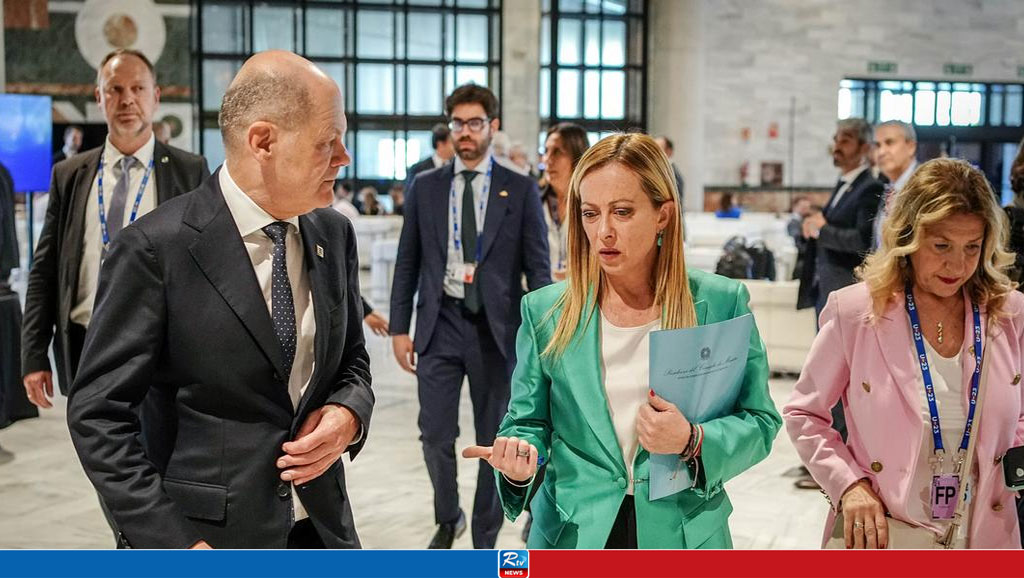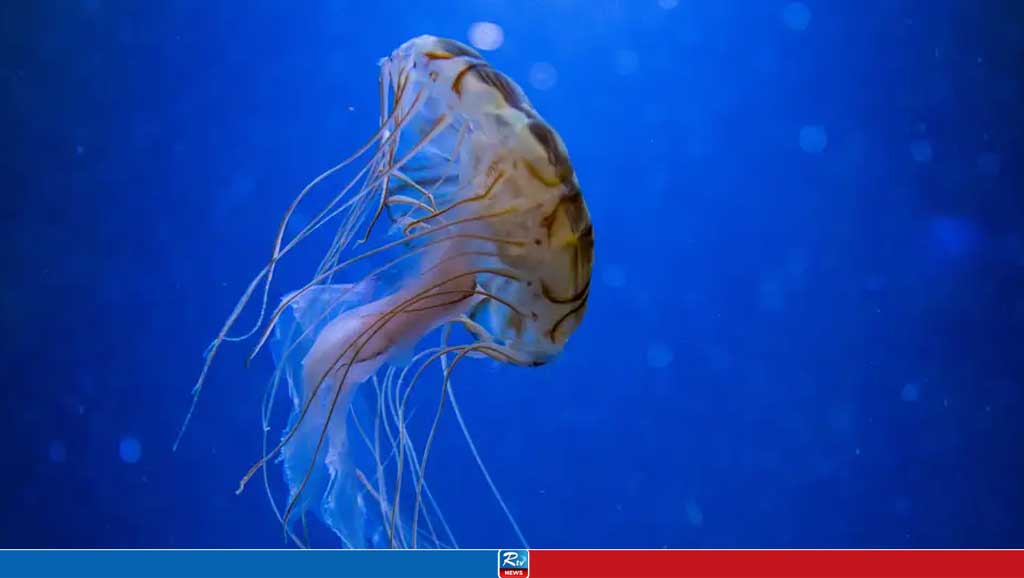India preserving its Blue Economy for a better tomorrow

As the world is increasing harping on Sustainable Development Goals (SDG), keeping tandem with that India is keenly preserving its blue economy. The Ministry of Earth Sciences is finalizing the National Policy on Blue Economy for the country.
A draft policy framework on India's Blue Economy has been prepared. The draft Blue Economy policy framework envisages the optimal utilization of all sectors of the maritime domain, (living, non-living resources, tourism, ocean energy, etc.) for sustainable development of coastal areas.
This policy document contains key recommendations on National Accounting Framework for Blue Economy and Ocean Governance, Coastal Marine Spatial Planning and Tourism Priority, Marine Fisheries, Aquaculture and Fish Processing.
Manufacturing, Emerging Industries, Trade, Technology, Services and Skill Development, Logistics, Infrastructure and Shipping, Coastal and Deep-Sea Mining and Offshore Energy and Security, Strategic Dimensions and International Engagement.
Blue Economy is defined by the World Bank as the “sustainable use of ocean resources for economic growth, improved livelihoods, and jobs while preserving the health of the ecosystem.” For its ties to economic growth, environmental sustainability, and national security, the blue economy generally refers to the multitude of ocean resources accessible in the country that can be utilized to aid in the creation of goods and services. The blue economy offers coastal nations like India a huge socioeconomic opportunity to responsibly use ocean resources for social benefit.
The rise in demand of ocean-linked products such as seafood, energy generation, etc. has led to the growth of the Blue Economy globally, with estimated global turnover ranging between US$ 3-6 trillion annually, according to India Brand Equity Foundation.
The blue economy of India is a subdivision of the national economy that includes the complete ocean resources system as well as human-made economic infrastructure in the country's legal jurisdiction marine, maritime, and onshore coastal zones. India's Blue Economy concept is multi-faceted and plays an important role in the country’s economic growth because of its enormous maritime interests. India’s blue economy accounts for roughly 4 per cent of the GDP and is estimated to increase once the mechanism is improved.
The sector has stood strong despite the challenges caused by the Covid-19 pandemic and have recorded exports worth Rs 56,200 (US$ 7.2 billion) between April 2021- February 2022. Ocean resources, physical infrastructure for maritime economic development, marine amenities and coastal management services are all part of the plan to ensure economic growth and sustainability, as well as national security.
Fisheries and minerals are the two most viable components of the blue economy in India. The two mineral deposits of commercial significance to developers in the Indian Ocean are polymetallic nodules and polymetallic huge sulphides.
Polymetallic nodules, which are golf-to-tennis-ball-sized nodules containing nickel, cobalt, iron, and manganese that grow over millions of years on the seafloor, are often discovered at 4-5 Kms in water depth.
In 1987, India was granted exclusive rights to explore polymetallic nodules in the Central Indian Ocean Basin. It has explored four million square miles and established two mine locations since then. The coastal economy sustains over 4 million fishermen and coastal towns.
India is the second largest fish producing nation in the world and has a fleet of 2,50,000 fishing boats. India has a remarkable marine position with 7,517 kilometers of coastline. Nine of India’s states have access to the coastline.
India comprises 200 ports of which 12 are major ports that handled 541.76 million tonnes in FY21, the highest being Mormugao Port, located in Goa, which handled 62.6 per cent of the total traffic. Shipbuilding and shipping are also important aspects of the blue economy in India.
The modal share of coastal shipping has the potential to increase to 33 per cent by 2035, up from roughly 6 per cent at present. Most of the country’s oil and gas is supplied by sea, leading to the Indian Ocean region being critical to India’s economic growth. This reliance is expected to increase dramatically by 2025.
Pradhan Mantri Matsya Sampada Yojana is being implemented for a period of five years from 2020-21 to 2024-25 in all states and UTs. As a result of these initiatives, during recent years the fisheries sector in the country has shown impressive growth with an average annual growth rate of about 10 per cent during 2014-15 to 2018-19.
The fish production has registered an average annual growth of more than 7 per cent and stood at an all-time high of 141.64 lakh metric tons during 2019-20. Despite various issues faced by the sector during Covid-19 pandemic, India has achieved all-time high exports of marine products worth US$ 7165 million during April to February, 2021-22.
With a coastline of nearly 7.5 thousand kilometers, India has a unique maritime position. Nine of its 29 states are coastal, and the nation’s geography includes 1,382 islands. There are nearly 199 ports, including 12 major ports that handle approximately 1,400 million tonnes of cargo each year.
Comments
Italy is overtaking Germany as Europe's economic powerhouse

Lawmakers urge Biden to call out more Chinese biotech firms

Gaza death toll crosses 33,000

US court orders exiled Chinese billionaire Guo Wengui to face fraud indictment

Hong Kong's lost freedom shows Xi Jinping's priorities: Analysis

All people of faith should stand against China’s Uyghur genocide

Climate activist Greta Thunberg arrested in the Netherlands


 Live Tv
Live Tv




